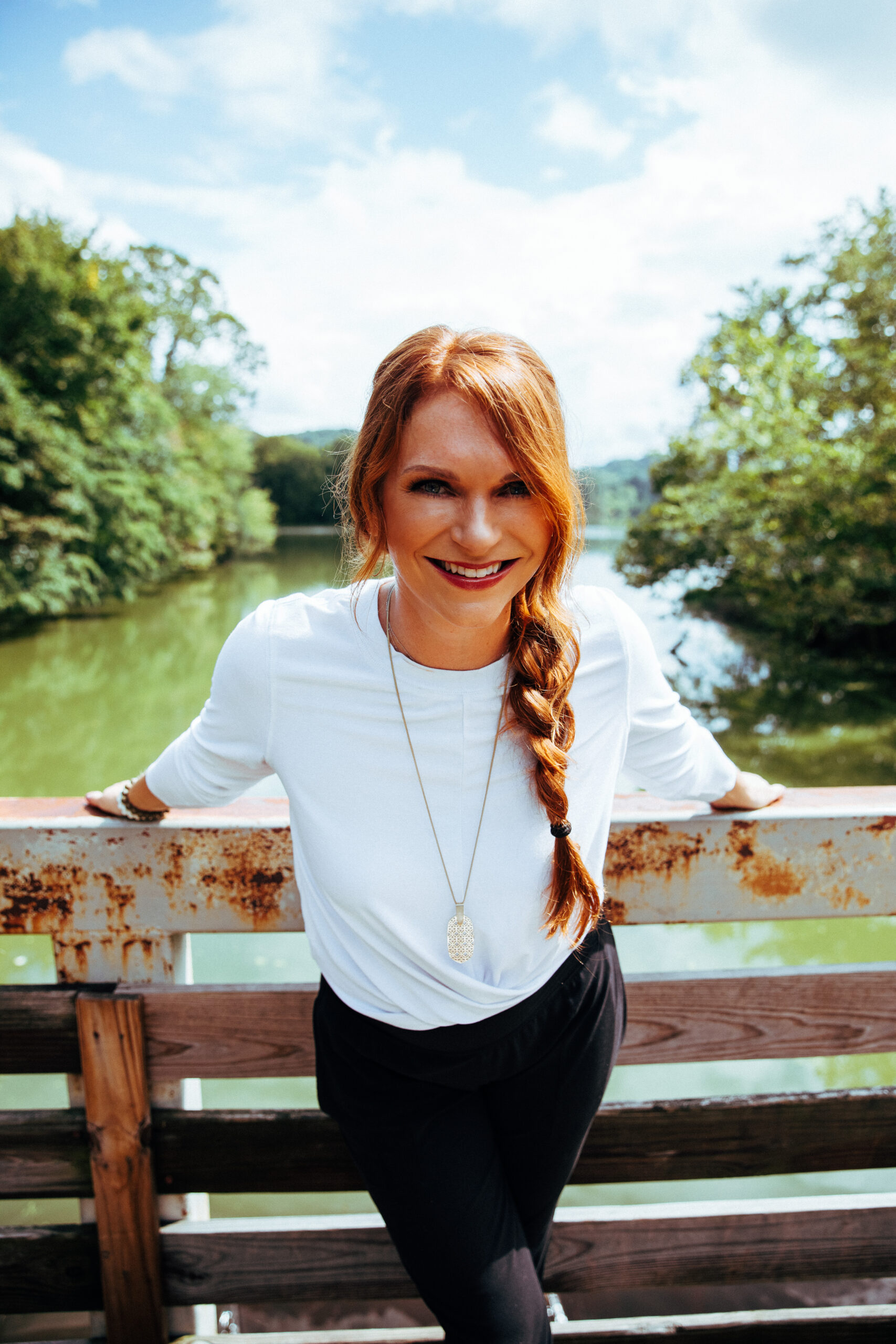Have you ever had a dream that felt out of reach? That whisper in your heart that says, “What if?” Maybe you haven’t told anyone about it, but it lingers in your thoughts—this big, audacious idea that feels impossible.
Here’s the truth: It’s not impossible. It’s just big! And big is exactly where you need to aim. In this blog, I’m breaking down how to set big goals and, most importantly, how to make them happen.
What Are Big Goals?
Big goals aren’t your everyday to-do list items or even New Year’s Resolution-type objectives. They stretch you, push you out of your comfort zone, and demand growth. Big goals are about transformation—they aren’t necessarily realistic or attainable in a neat and tidy way. And honestly, they shouldn’t be.
The beauty of big goals isn’t just in achieving them. It’s in who you become during the process. The learning, the stretching, the failing, and the getting back up—these are the things that shape you into a new, better version of yourself.
Whereas small goals can keep you moving forward, big goals markedly change your life.
Why You Should Set Big Goals
Big goals force you to grow. They develop qualities like resilience, discipline, and grit—things you can’t learn any other way. Hard work builds the type of character that you can acquire anywhere else.
But here’s the key: your why has to be bigger than the obstacles you’ll face. If your why is shallow (like making more money or beating someone else) you’ll quit at the first sign of difficulty. The why needs to run deep. It has to matter on a personal and profound level.
Ask yourself:
- Why is this goal important to me?
- What will keep me going when it gets tough?
- What will change in my life, my community, and the world after achieving this goal?
Your why has to be bigger than your why not.
Learning Goals vs. Performance Goals
One of the first things to figure out is the type of big goal you’re setting. Is it a learning goal or a performance goal?
- A learning goal means you’re doing something brand new. It’s uncharted territory for you, so there will be a learning curve.
- A performance goal means you’ve done something similar before, but now you’re aiming to do it better, faster, or bigger.
If it’s a learning goal, give yourself grace. There will be a period of trial and error before you see results. And that’s okay. Focus on what you need to learn, who you need to learn from, and what resources you need to invest in to get there.
For example, do you need to take a course? Hire a mentor? Join a mastermind? These are all investments in your growth. And trust me, the right people and systems can make all the difference.
Build Your Inner Circle: Your Accountability Group
Big goals aren’t a solo journey. You need a team of people who believe in you and your vision. You need to surround yourself with people who think big themselves.
Seek out mentors, coaches, and peers who have achieved what you want to achieve. But don’t just ask, “Have they done it?” Ask, “Did they do it in a way that resonates with me?”
This is so important because not all paths to success are created equal. You need to find people who’ve achieved big things in a way you can see yourself replicating. Whether it’s through hands-on learning, one-on-one coaching, or group accountability, figure out the format that works best for you and seek those opportunities.
Expect Setbacks—and Prepare for Them
Setbacks are inevitable. The road to big goals isn’t a straight line, and things will go wrong. So expect setbacks to happen and don’t let them derail you.
Ask yourself in advance:
- What will I do when things get hard?
- How will I handle naysayers or criticism?
- What’s my plan when things don’t go as expected?
Preparation is key. When you anticipate the challenges ahead, you won’t be caught off guard when they show up. And remember, the only time you truly fail is when you quit—not because something wasn’t right for you anymore, but because it got too hard. Hard things are good for you. Hard things build character.
Consistent Action Wins Every Time
This one isn’t groundbreaking, but it’s crucial: consistency is everything. Small, consistent actions over time are far more effective than sporadic bursts of effort.
Think about the daily, weekly, monthly, and yearly actions you need to take to make your goal a reality. Map it out. Where do you need to be at 90 days, six months, or a year into your journey? Big goals require big plans.
You don’t need to take massive leaps every day. What matters most is that you keep moving forward, one step at a time.
Reflect on Your Who
Here’s one of the most important pieces of the puzzle: big goals aren’t just about you. If your only motivation is self-centered—whether it’s ego, money, or status—it won’t be enough to sustain you.
Ask yourself: Who is this goal really for?
- Your family?
- Your future clients?
- The next generation?
- Your community?
When you center your goals around serving others, it creates a deeper level of meaning. It’s no longer just about crossing a finish line—it’s about the lives you’ll impact along the way. And when the going gets tough, remembering your who will give you the strength to push through.
Big Goals Create Big Impact
Big goals demand more from you, but they also give more back to the world. They require vision, perseverance, and courage—but the journey is worth it.
So take a moment to dream. What’s the thing that feels just out of reach?
And if you’re ready to go big but aren’t sure where to start, let’s connect. At Brand Builders Group, we help people like you create a clear plan, surround yourself with the right people, and build the systems you need to achieve your biggest goals. Schedule a free brand call today and take that first step toward making your dream a reality.
P.S. This post was inspired by my lovely conversation with Caroline Adams Miller on The Influential Personal Brand Podcast. Caroline is an eight-time bestselling author, international speaker, and world-renowned expert in positive psychology. She’s also a genius and I highly recommend hearing what she has to say!











